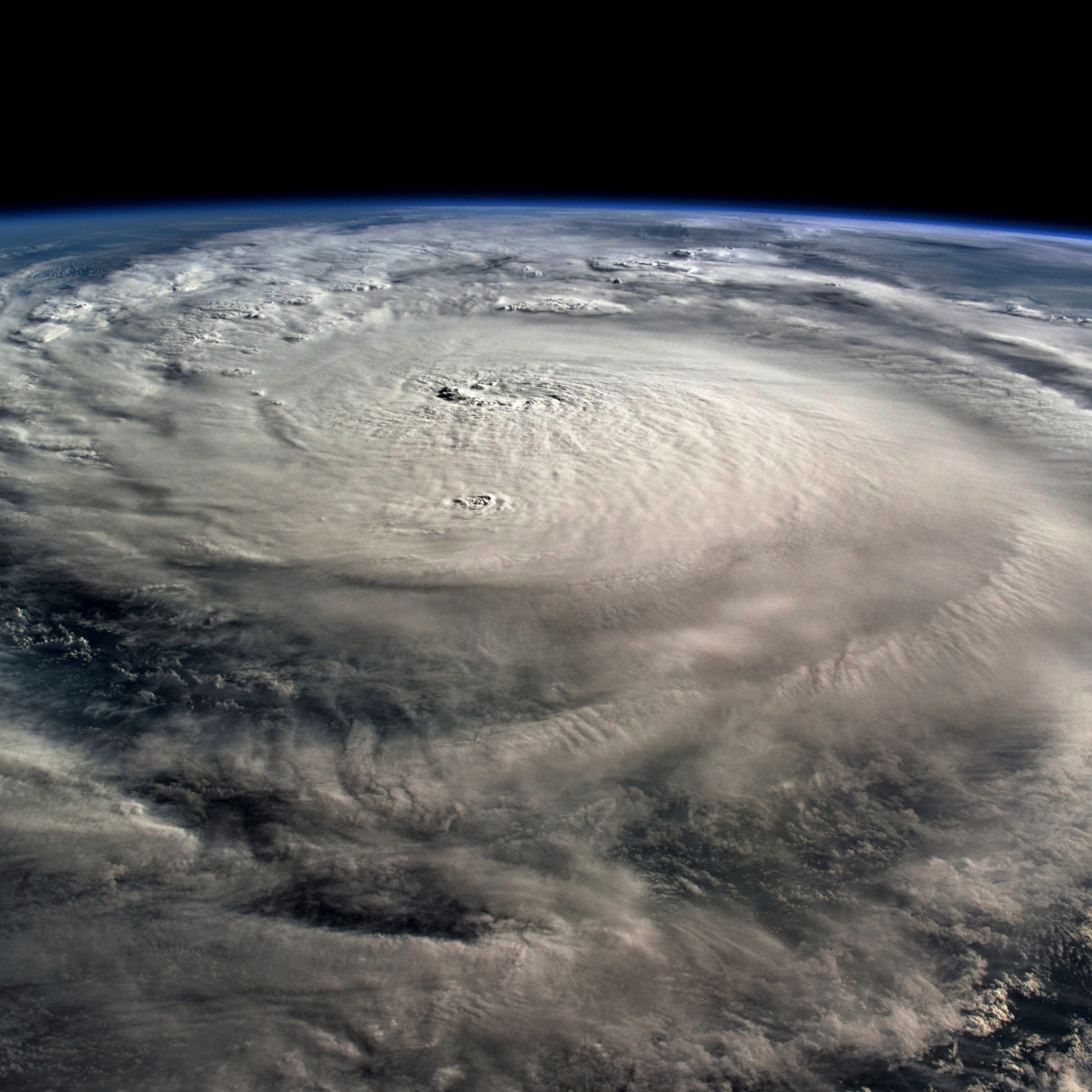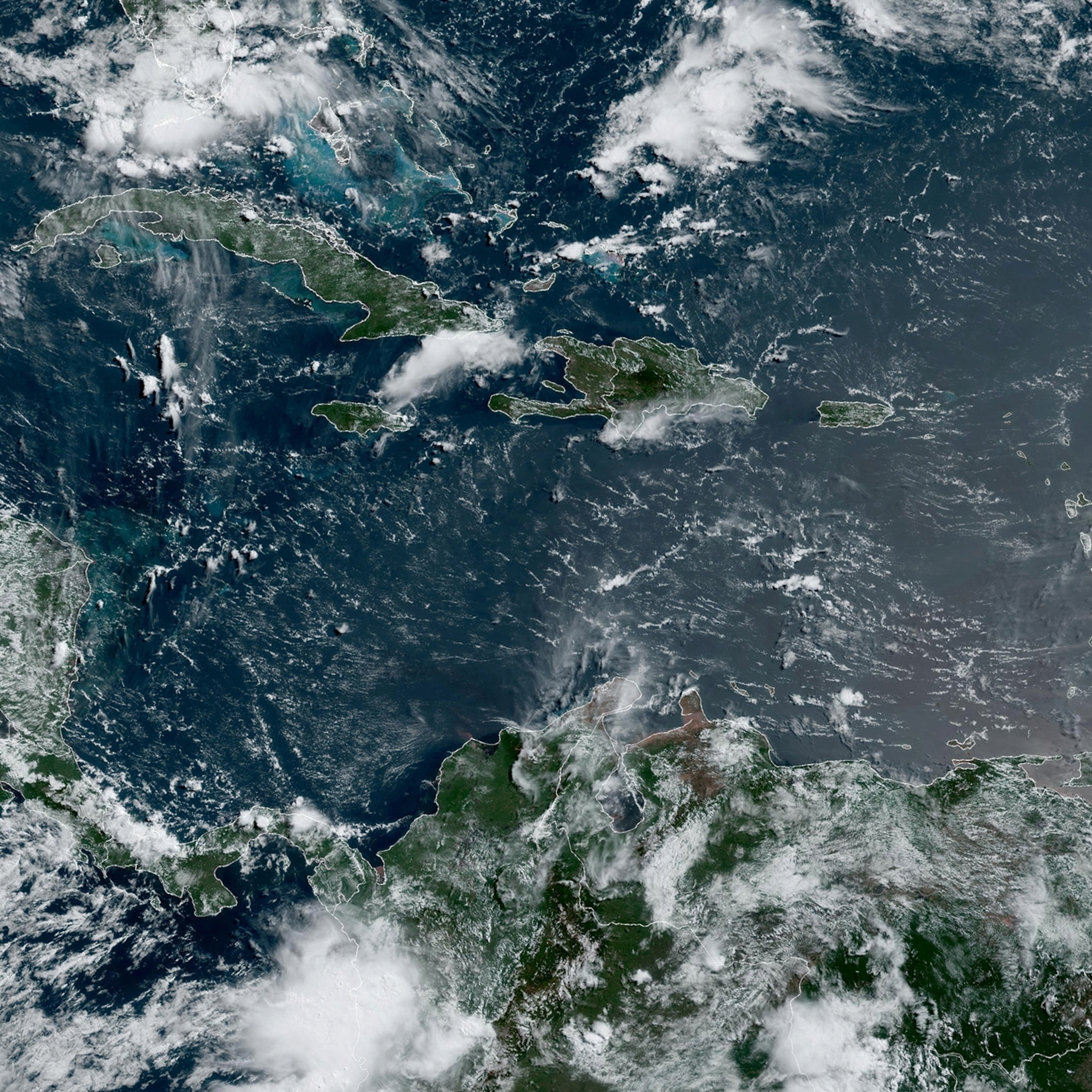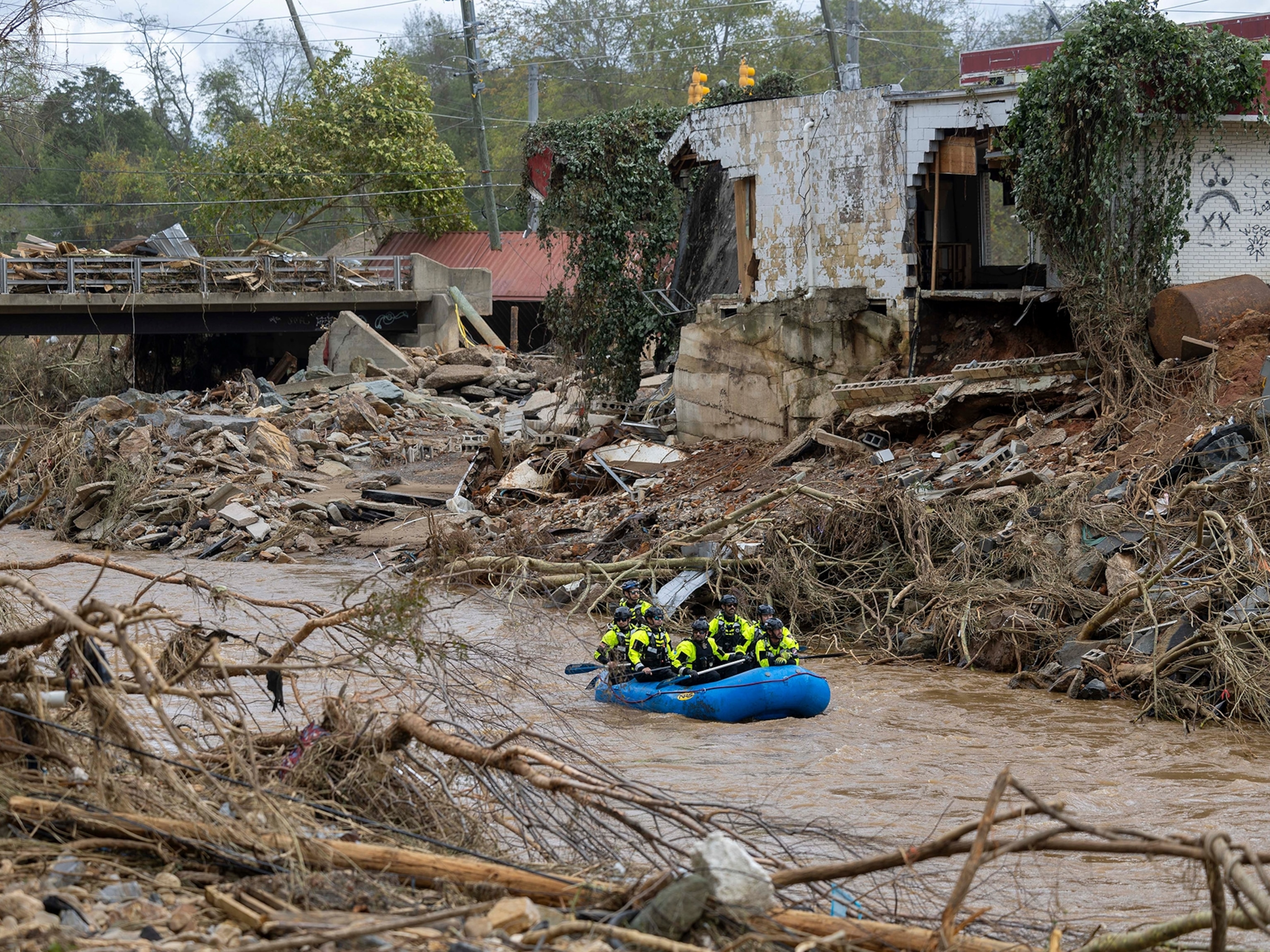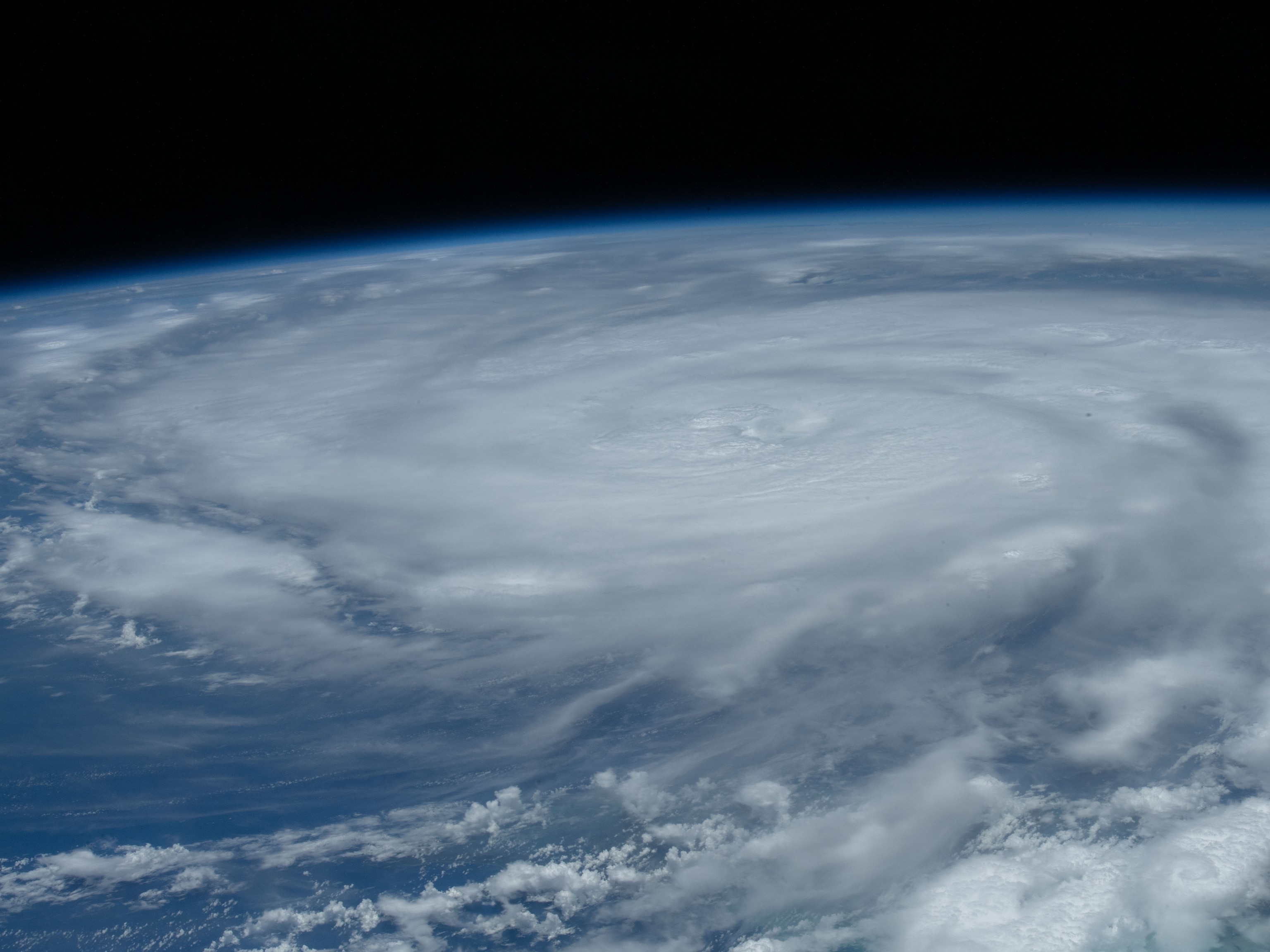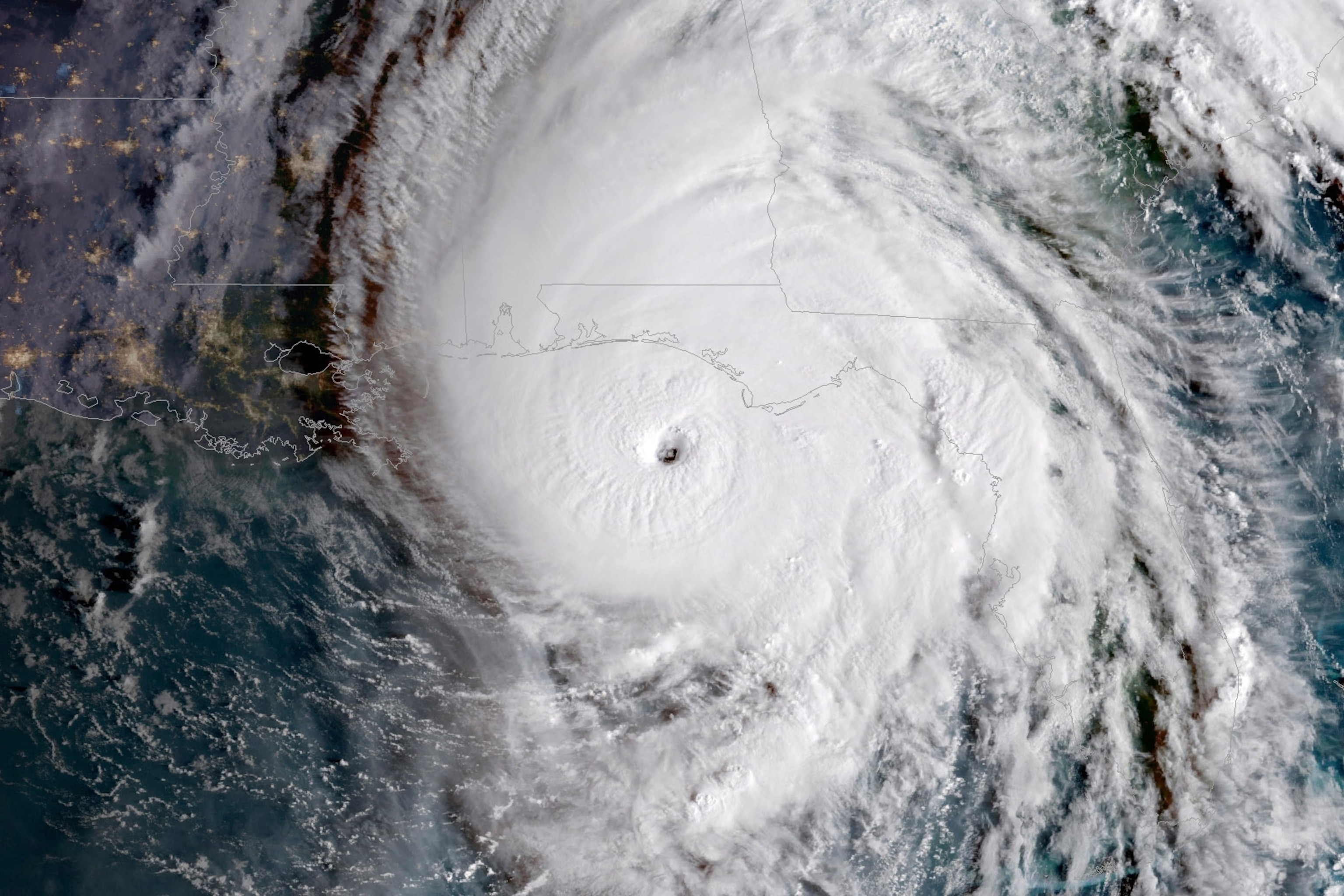
Hurricanes are lasting longer, staying stronger, over land
A new study is the first to look at how climate change may make hurricanes more destructive, even after they strike land.
Hurricanes could be lasting longer after they make landfall, and spreading their damage farther inland, a new study suggests—a previously undescribed effect of climate change.
The study, published today in the journal Nature, analyzed hurricanes that have struck North America from 1967 to 2018. It found that hurricanes making landfall in the 1960s lost 75 percent of their power in the first day after coming ashore. Today, a hurricane that strikes land typically decays by about 50 percent in the first day, the study says.
2020 has been a record-breaking hurricane season, with 29 named storms so far and still weeks to go until the official end on November 30. The Gulf Coast has sustained billions in damages, and Hurricane Eta, currently a Category 1 storm, is headed toward Florida’s west coast, after already striking the Keys. As coastal communities learn to cope with stronger storms, this new research suggests that those farther away from initial landfall may be more affected in the future.
(What are hurricanes, cyclones, and typhoons?)
The study authors say warming ocean temperatures are the driving force behind this longer lifespan. If human-caused climate warming continues, they add, the destructive power of hurricanes—some with a hundred-plus mile-per-hour winds and torrential rainfall—could extend farther inland and impact communities ill equipped to handle such damaging storms.
How do they know?
The discovery of a connection between longer-lived hurricanes over land and warming oceans was an accident, the study’s authors say.
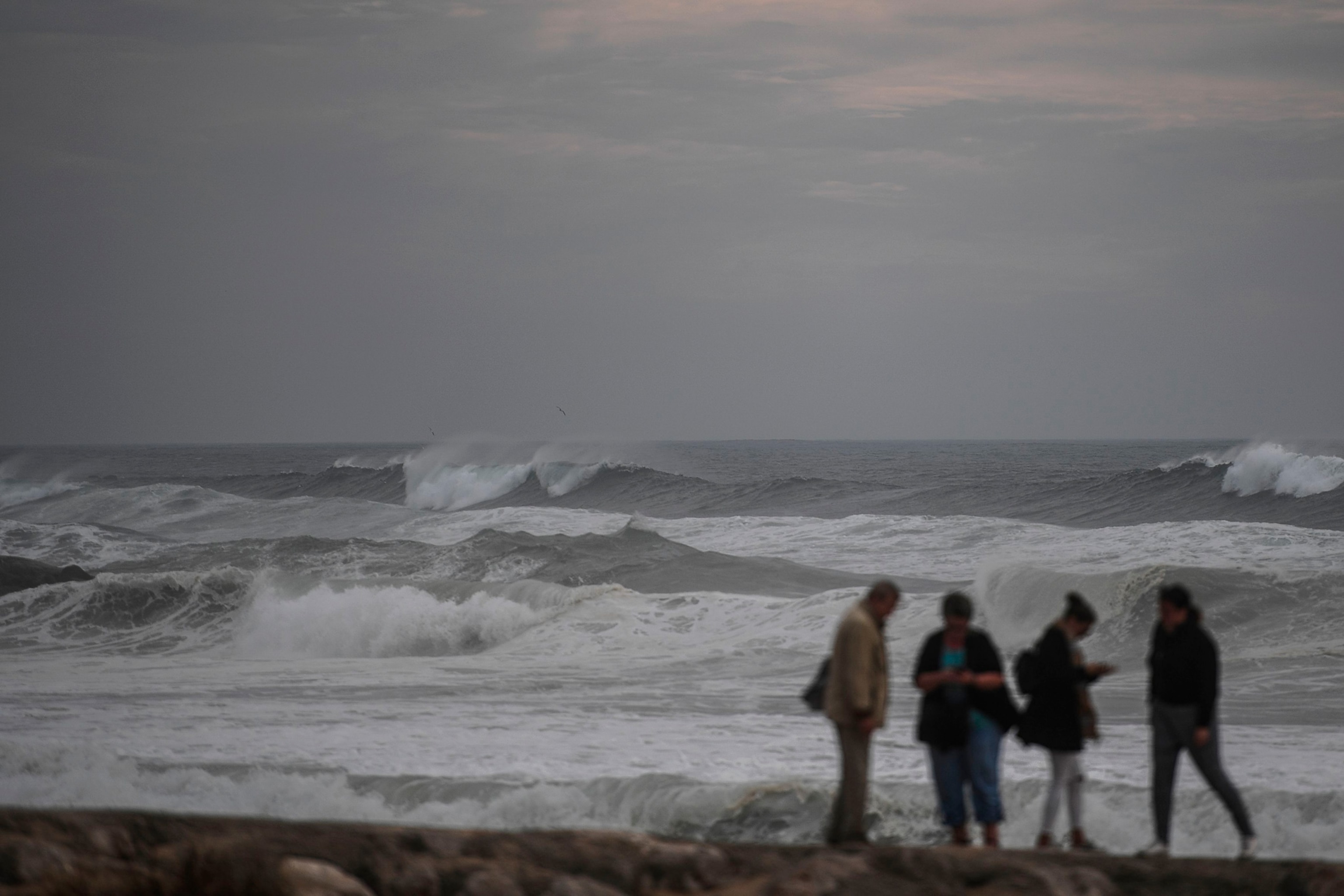
“We were studying the evolution of landfalling hurricanes using simulations and kept finding features that could not be explained using the prevailing models,” says Pinaki Chakraborty, head of fluid mechanics at the Okinawa Institute of Science and Technology in Japan.
Chakraborty says the models weren’t accounting for one thing: the increased moisture that hurricanes are storing.
Warm air holds more moisture than cool air, and a number of previous studies have shown a clear link between climate change and hurricanes that dump more rain. If you think of a hurricane like an engine, the warm ocean water underneath it is like fuel. When ocean water is particularly warm, as it is in the Caribbean and Gulf of Mexico, it can supercharge hurricanes.
As a hurricane moves over land, it’s suddenly robbed of its fuel; the hurricane begins to break apart and weaken. But if ocean water is like fuel, the study’s authors think the extra moisture a hurricane can carry as the atmosphere warms might be acting like an extra battery pack.
(Read more about how tropical storms can 'supercharge' the storms that follow.)
To test the slower rate of decay they observed in historical records, Chakraborty and his coauthor ran four models that simulate a hurricane moving over land. In each, they adjusted the temperature of the ocean waters beneath the storms. The warmer the sea surface temperature, the researchers found, the more moisture a storm carried over land and the longer it took to decay.
James Kossin, a climate scientist at the National Oceanic and Atmospheric Administration (NOAA) who was not involved in the research, says, “They make a compelling case that this is related to warmer ocean temperatures, and these can in turn be linked to climate change.”
Will we need to adapt?
The new study doesn’t cite a specific hurricane from the past 50 years as an example of this longer lifespan. Scientists generally agree that a single storm, and even an entire hurricane season, can’t be directly linked to human-caused climate change.
“If their conclusions are sound, which they seem to be, then at least in the Atlantic (region), one could argue that insurance rates need to start going up and building codes need to be improved further inland to compensate for this additional wind and water destructive power,” says Brian McNoldy, a meteorologist at the University of Miami.
In addition to physical structures, evidence of hurricanes unleashing more rain on inland communities may influence who is told to leave in advance of a storm.
“This is an important practical question as it potentially affects decisions to evacuate people,” says Kerry Emanuel, a climate scientist at the Massachusetts Institute of Technology (MIT), in an email.
To be confirmed
Scientists note that more research is needed to confirm the existence of this new phenomenon and better understand its impact.
“I am persuaded that this is an important problem but do not regard the results as definitive; more research will be necessary to confirm or refute the findings,” says Emanuel, suggesting that there are a number of ways to analyze the data.
“I would probably lean toward it definitely possibly happening. I think the combination of the data and the simple modeling experiments are very compelling,” says Dan Chavas, an atmospheric scientist at Purdue University and one of the study’s reviewers. “I think the effect is very real, but the question is how strong of an effect is this.”
(Are hurricane storm track predictions as good as they're going to get?)
Chakraborty says more research is needed to quantify how much a given temperature change might affect a hurricane, and the detailed physics of how added moisture helps a hurricane stay intact. And while North America generally has the best historical hurricane data, scientists still need to apply the theory to other tropical cyclone basins, says Chavas. Chakraborty’s preliminary work suggests this theory may hold up in the Pacific too.
But for now, Chavas says, the research in the Atlantic is an important first look at a little understood effect of climate change.
“When I first got this paper,” he says, “I thought, ‘Wow, how have we not thought about this?’”

